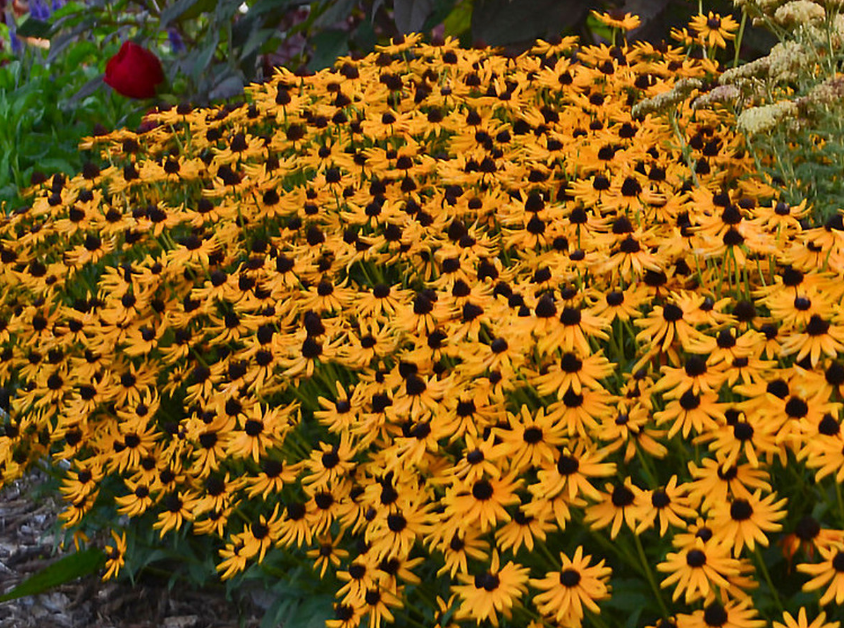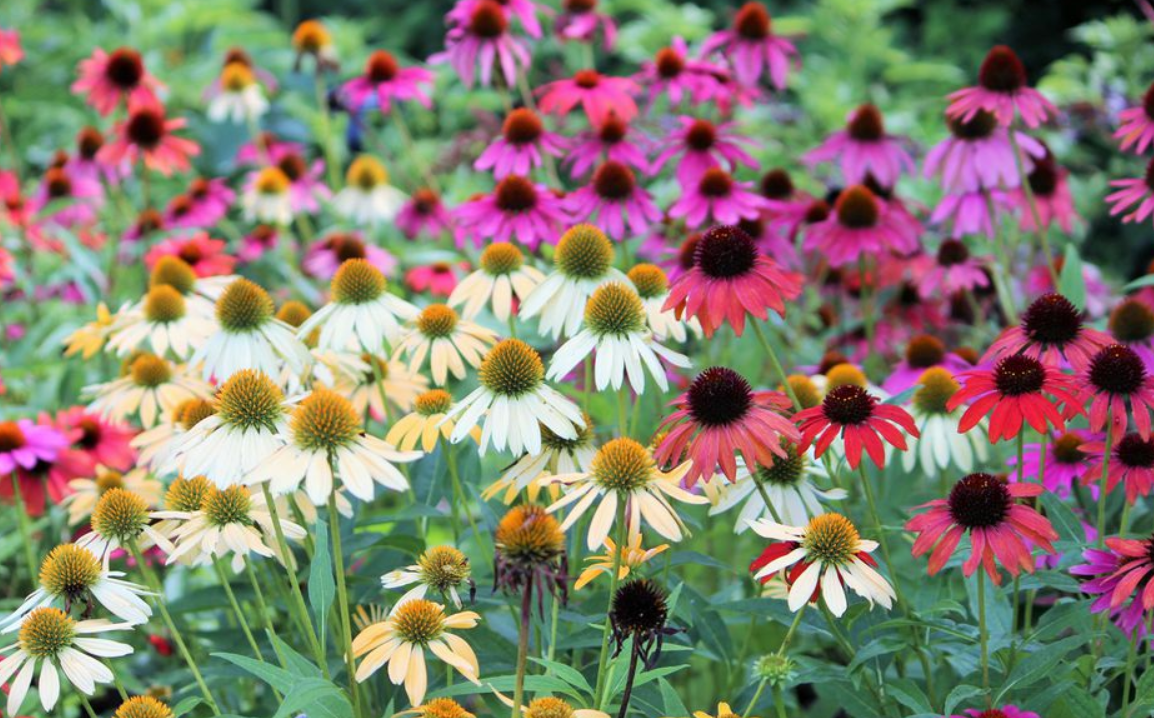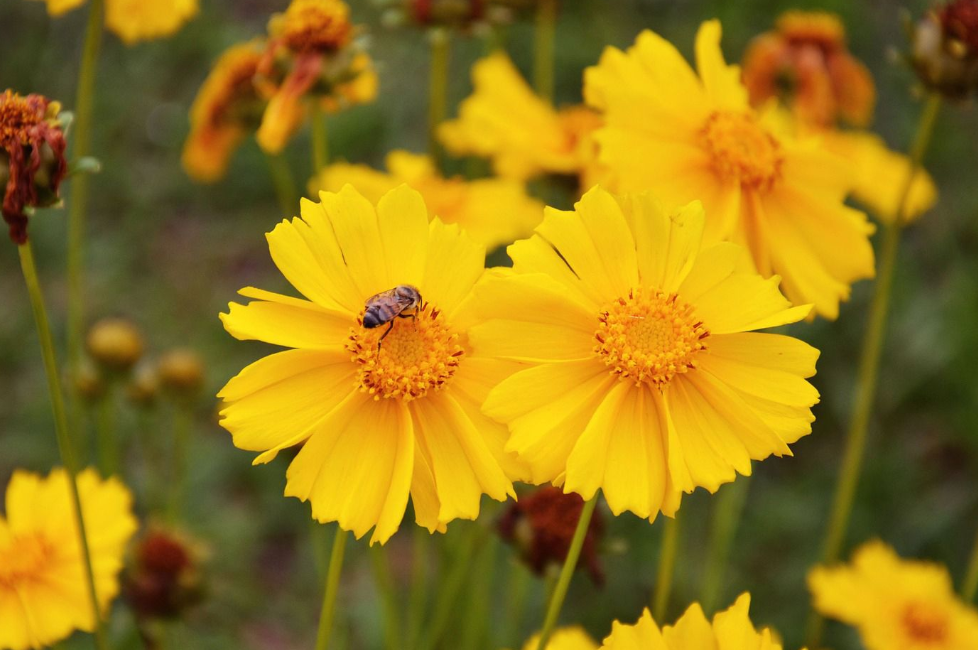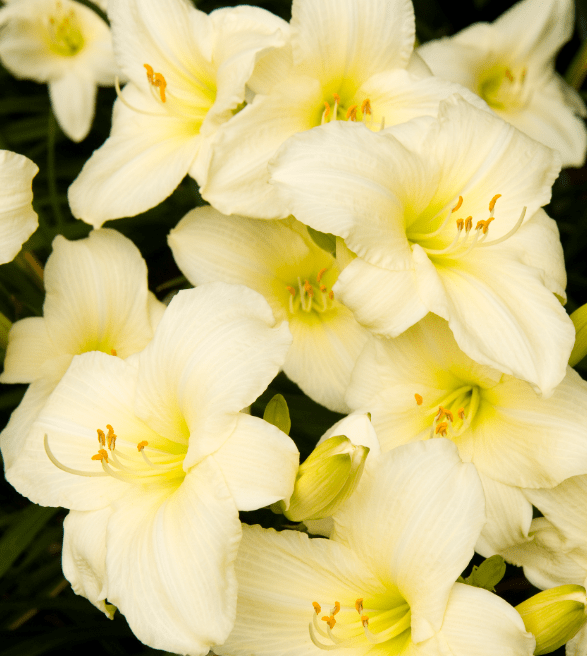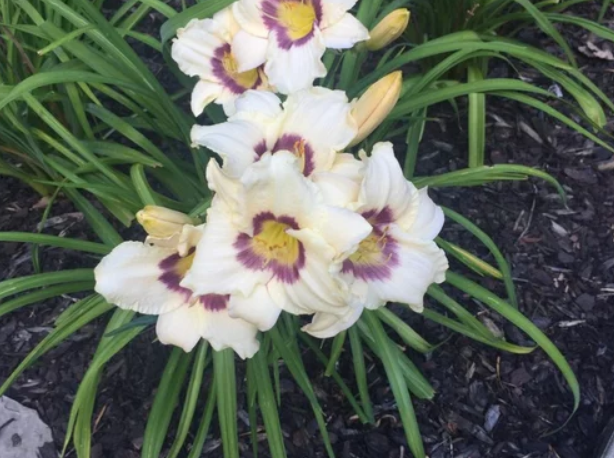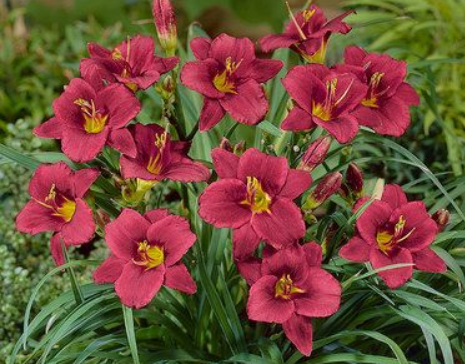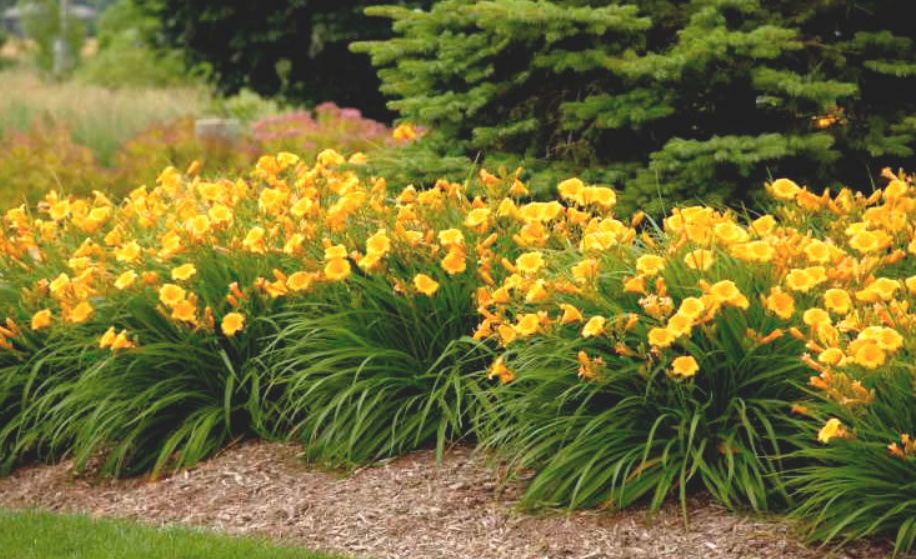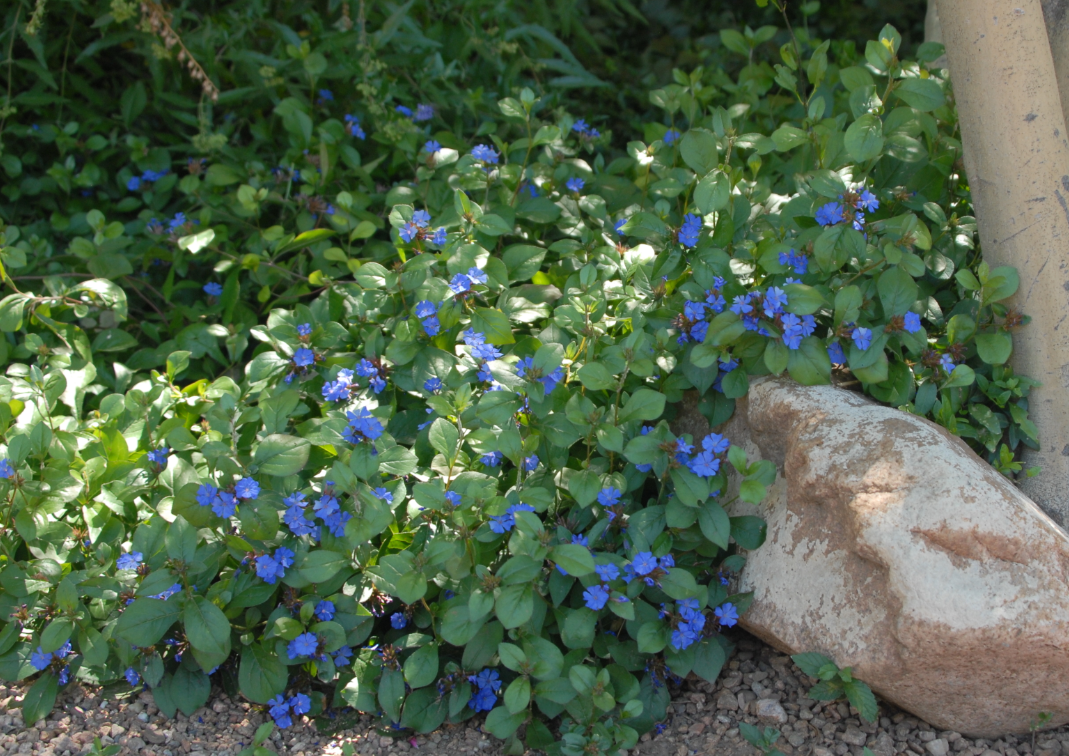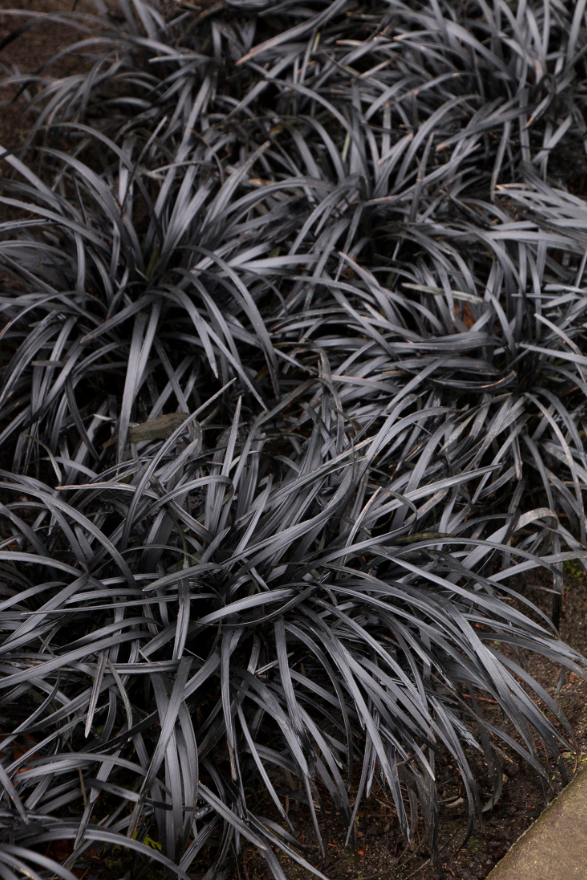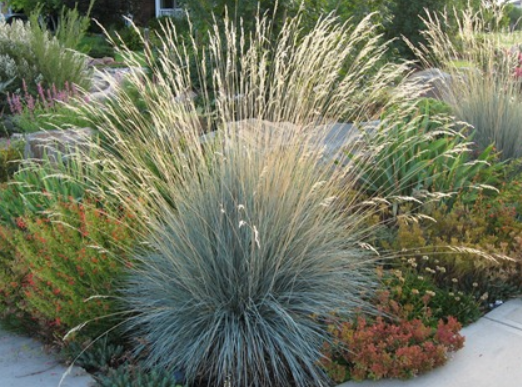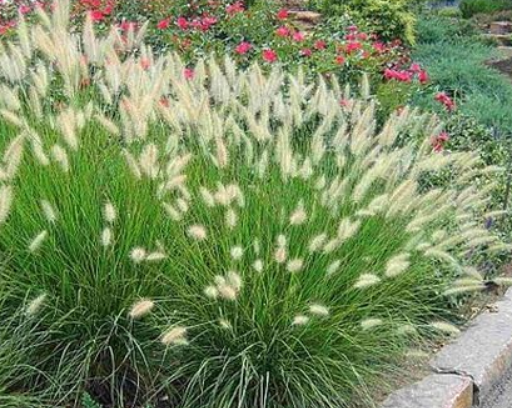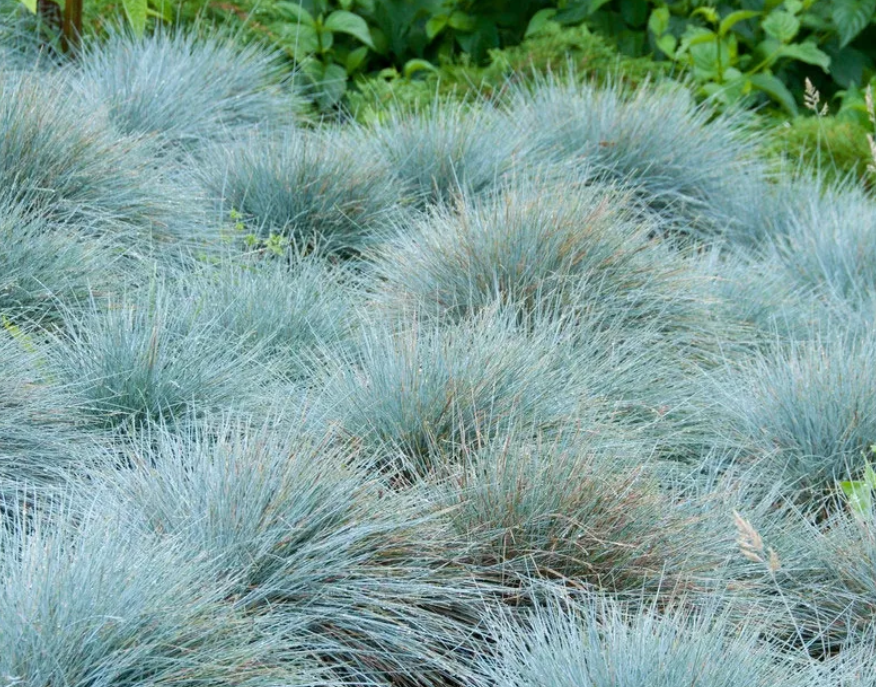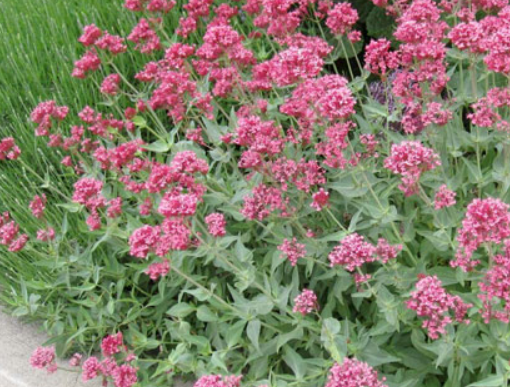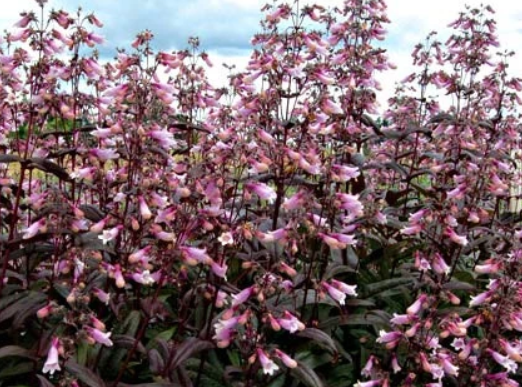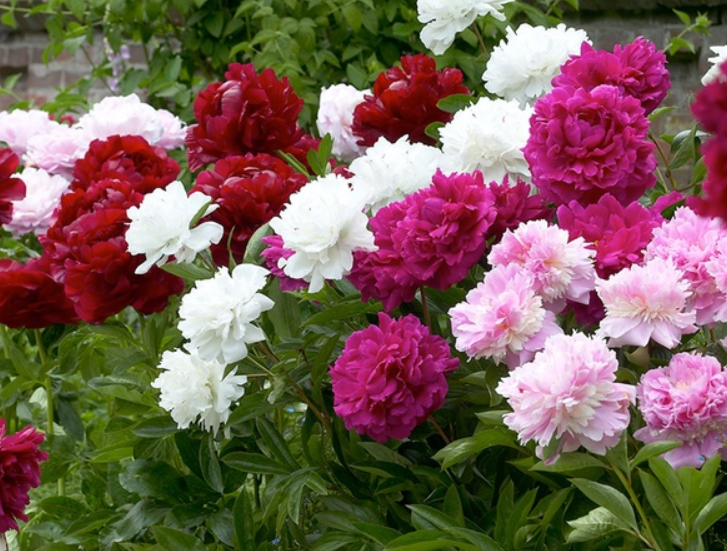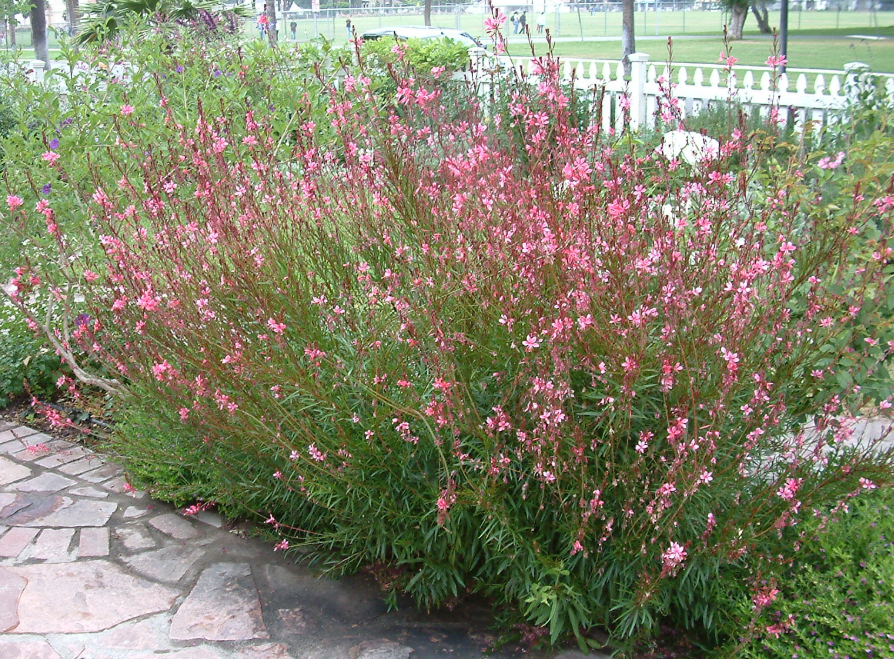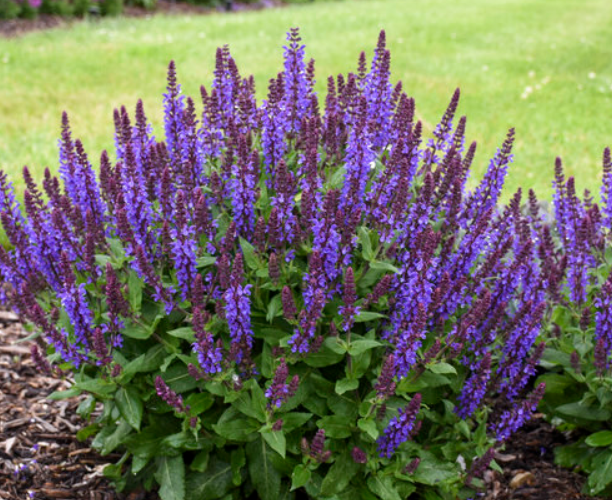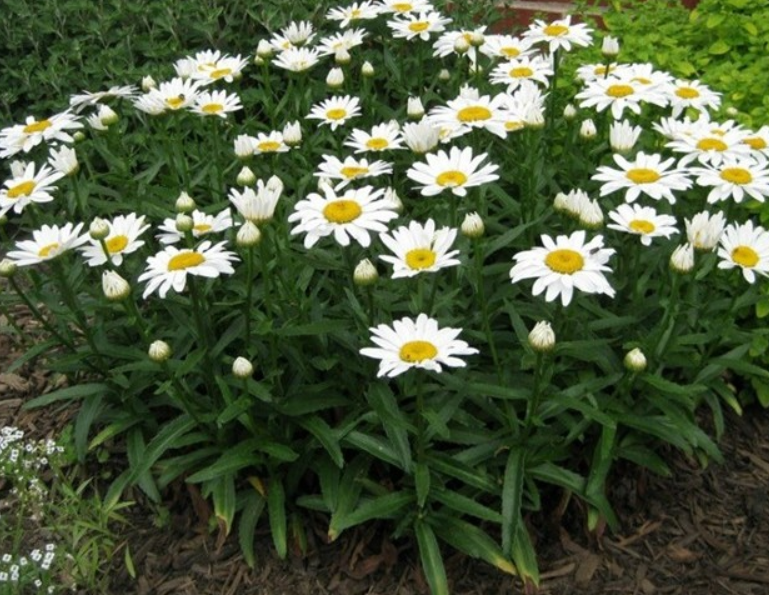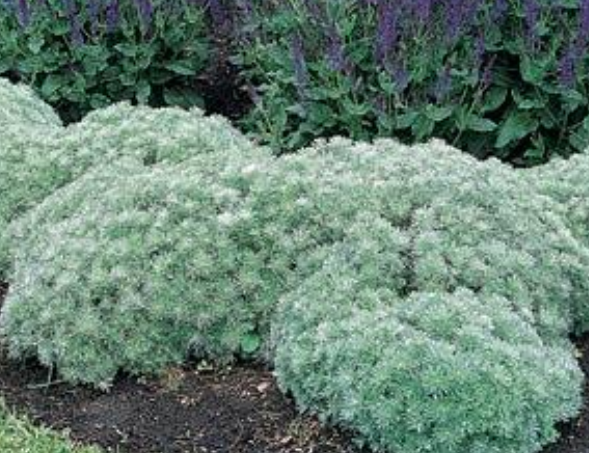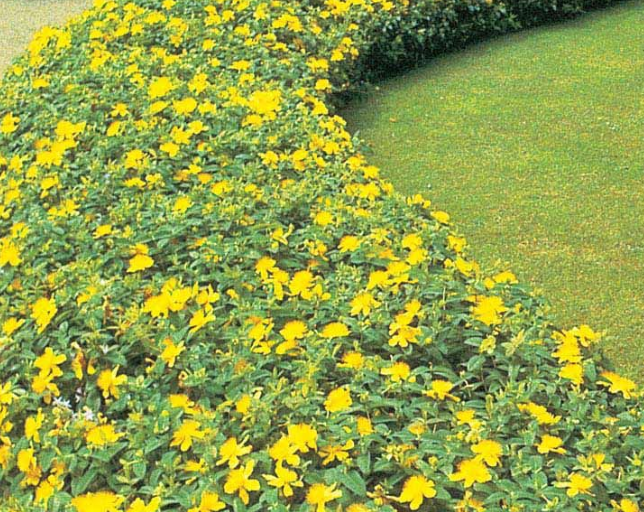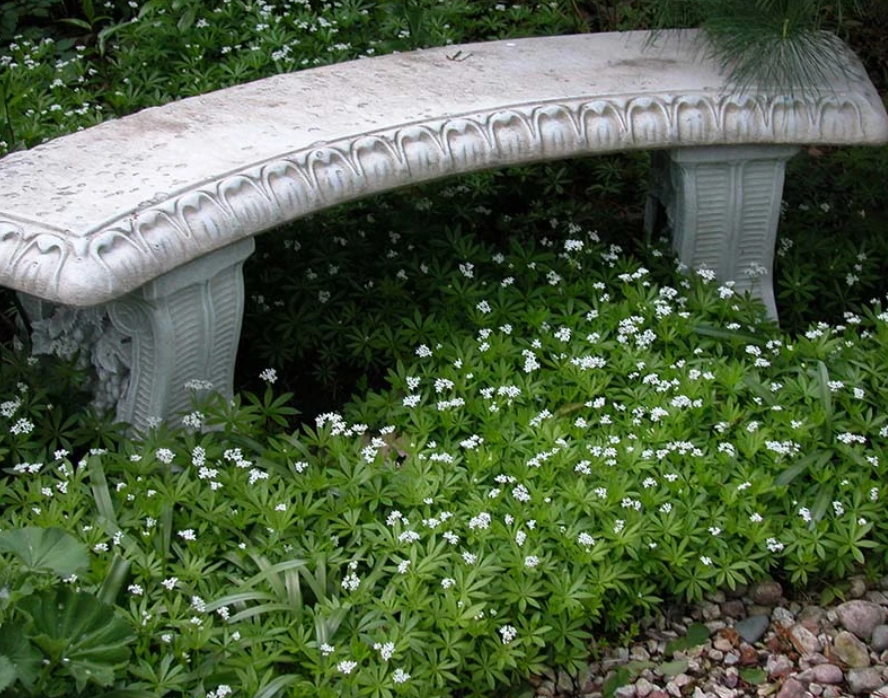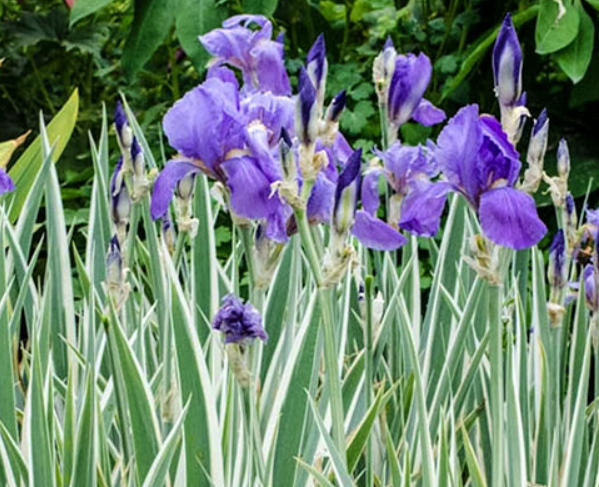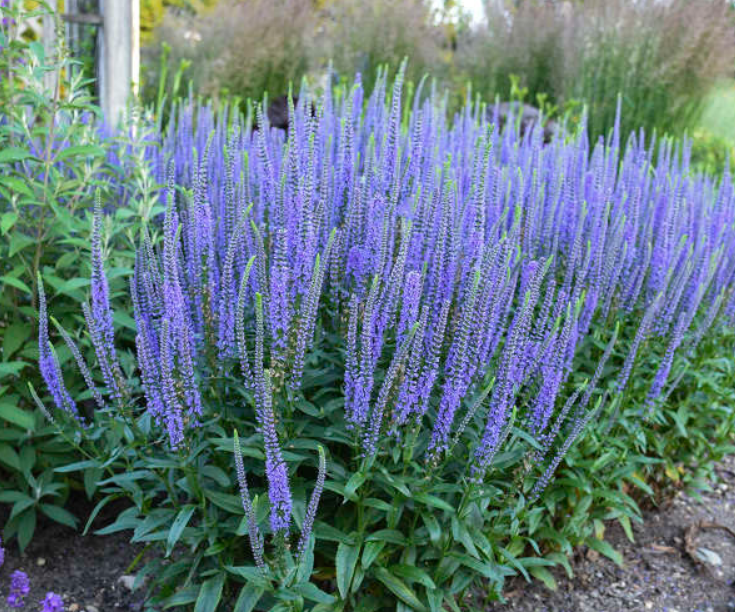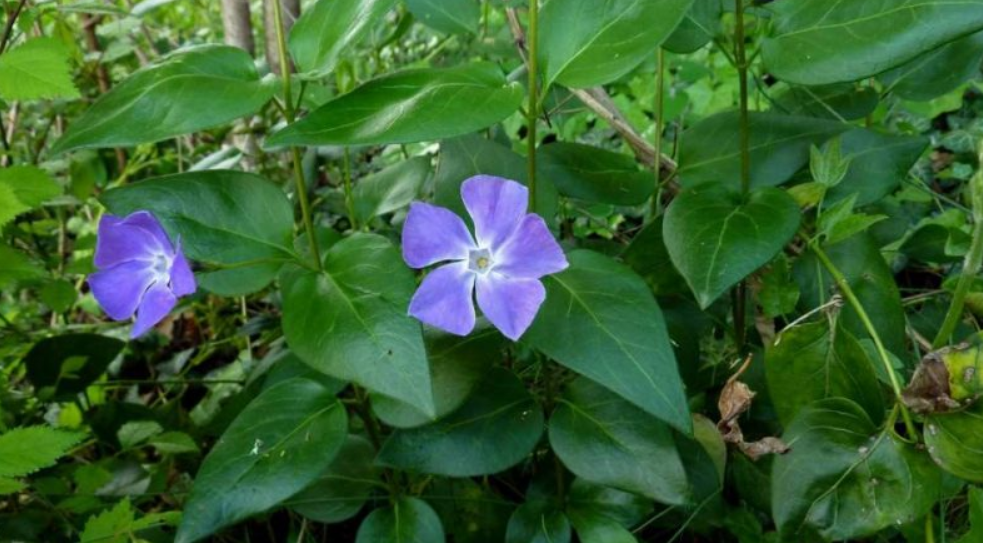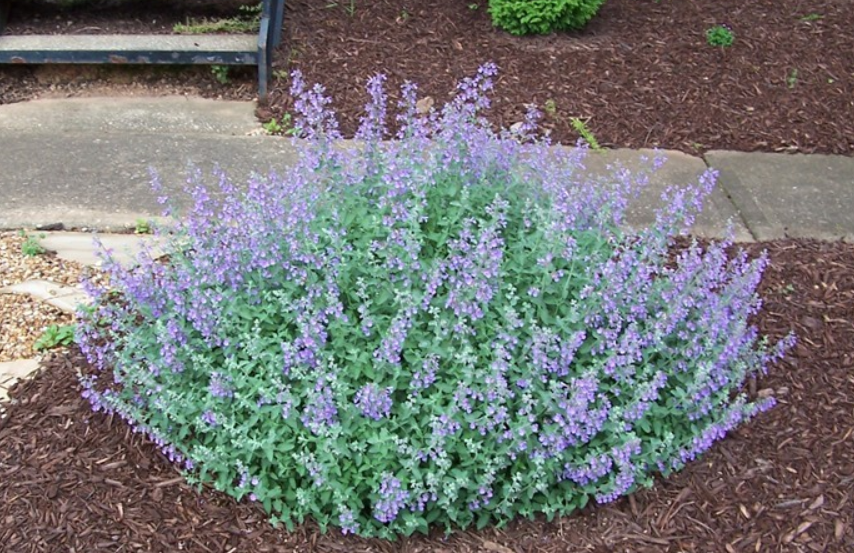Great for butterfly gardens. Flowers produce seeds that feed many different varieties of birds.
With colorful blooms from summer to fall, these plants look great in a variety of settings. Delightful displays of unpredictable colors ranging from golds, reds, oranges and purple.
These wonderful plants used to come in a few drab colors, with small and insignificant blooms. Now they come in a whole rainbow of colors, with some varieties grown specifically for their masses of flowers. They are wonderful in shade and add pops of color to any garden setting. And they are extremely low maintenance …
This wildflower produces airy, daisy like blossoms throughout the summer. It’s a top choice for wildflower mixes and prairie plantings because it attracts pollinators, reseeds freely, and adds splashes of sunshine yellow and deep reddish-brown wherever it grows.
Large clumps of long, grass-like leaves are highlighted by bright yellow flowers on tall stems. This extra-early bloomer reblooms throughout the summer months.
A reliable rebloomer with a continuous profusion of day-long blooms on tall, slender stems in early summer and late summer. The large, exquisite flowers have creamy white, recurved, frilly petals and pale lime green throats, and rise above the large clumps of graceful, arching, grass-like, green foliage.
Features bold lightly-scented white trumpet-shaped flowers with yellow throats and a purple ring at the ends of the stems from early to mid summer. The flowers are excellent for cutting. Its grassy leaves remain green in color throughout the year.
Fragrant, cranberry red petals with a narrow yellow watermark and bright green throat. Can survive many harsh conditions.
Golden-yellow flowers, continuous blooming. Doesn’t need to be dead-headed to promote blossoms, making it a very low-maintenance, reliable plant.
The dianthus plant is the quintessential cottage flower. Dianthus pink is treasured for its grasslike, blue-green foliage and abundant starry flowers, which are often spicily fragrant. Depending on the type of dianthus pink, flowers appear in spring or summer and tend to be white, pink, red, rose, or lavender, but come in nearly all shades …
This groundcover has red margined green leaves that become brilliantly red with cool autumn temperatures. Deep red/pink flowers contrast with the green leaves in warm weather.
A wiry, mat-forming ground cover that is covered in blue flowers from mid to late summer. Fall color is a gorgeous red.
Grass-like dark purple almost black leaves. Unique specimen for edging or in rock gardens. Short spikes of pale-pink flowers are followed by black berries in fall. Slow to establish. Excellent contrast to yellow foliaged plants in partial shade.
Graceful fountains of silver-blue blades form neat ornamental clumps that combine well with other grasses. Airy, beige to light brown, terminal panicles appear mid- to late summer. A reliable and attractive accent or specimen, perfect for rock gardens. May remain evergreen in mild winter regions.
An attractive grass highlighted by fluffy, buff-colored plumes that arch above the lush, green fountain of foliage. In the fall, the foliage turns a lovely golden russet color. Creates a terrific contrast when used among shrubs or as a backdrop in a perennial bed.
Outstanding, icy blue coloration to this clumping ornamental grass holds up even through the heat of summer. Buff-colored plumes create eye-catching contrast. Perfectly suited for edging borders or mass planting as a groundcover. Drought tolerant when established.
One of the most commonly grown shade garden plants, hostas have captured the hearts of gardeners everywhere. Also called plantain lilies, these plants have a diverse offering of foliage shapes, colors, and sizes. There is truly a hosta for everyone, whether it be a miniature hosta for a trough garden or a mammoth monster of …
Jupiter’s Beard is known for its almost nonstop blooming ability and its extreme drought-tolerance. This semi-woody perennial forms dense clusters of brightly colored flowers from late spring until fall. Jupiter’s Beard makes a wonderful cut flower because of its long vase life and prolific blossoms.
Lavender fills the early-summer garden with sensory delights: beautiful purple-tone blooms atop foliage that oozes fragrance on a sunny afternoon. Every part of the plant is infused with aromatic oil, making this a choice herb to place along pathways or near outdoor seating areas so you can savor the fragrance.
A showy, tall, perennial with blooming spikes of dark pink to light pink flowers with thick, dark purple foliage.
Known for their intense fragrance, these tough perennials will return year after year. There are many different types to choose from with different plant growth habits and flower types. Even when they’re not in bloom, these plants have deep green and leathery foliage that stands up to the vigorous weather.
Phlox are one of those bounteous summer flowers any large sunny flowerbed or border shouldn’t be without. There are several different kinds of phlox. Garden and meadow phlox produce large panicles of fragrant flowers in a wide assortment of colors. They also add height, heft, and charm to a border. Low-growing wild Sweet William, moss …
Attract birds to your yard with the long stems of delicate blossoms of guara. Use it as a specimen plant to add drama among small grasses and larger perennials or create a guara bed for a showy display.
This wonderful mint relative blooms for a long period of time in a wide spectrum of colors. The colors of salvias are diverse, as are the overall plant habits, which can vary greatly from short, low-growing plants to tall, sprawling plants. Salvias are also a great nectar source—if you plant them, pollinators (especially hummingbirds) will …
Easy, always fresh, and always eye-catching, Shasta daisy is a longtime favorite. All cultivars produce white daisy flowers in various degrees of doubleness and size. The sturdy stems and long vase life make the flowers unbeatable for cutting. Shasta daisy thrives in well-drained, not overly rich soil. Taller sorts may need staking.
Grown primarily for its silver foliage, artemisia is a wonderful accent plant in many settings. Artemisias come in numerous different foliage shapes, sizes, and heights. A few well-known artemisias are ‘Silver Mound’ and the herb tarragon. Use these plants to add texture and subtle color to gardens, containers, and borders. Artemisias are also extremely versatile …
This workhorse groundcover has deep green, oval leaves and 2″ gold flowers with pincushion like center clustered stamens in late spring and early summer.
Sweet woodruff makes a big statement in the shade garden. In spring, the plants are smothered with white flowers and the foliage has a sweet, haylike fragrance. It makes a great groundcover for hard-to-plant dark corners of the landscape.
Variegated white, cream, and green blades with lovely deep purple blooms that bloom a little later in the Spring season.
Compact perennial covered with dark blue spikes of blooms all season long. Compact, medium green foliage. Variety of colors.
Also known as Periwinkle, this evergreen groundcover has large green leaves and showy blue blossoms. Very evasive so plant in a large area. Can be trimmed back to the ground in the fall or early spring.
Prolific lavender-blue flowers bloom from spring to fall above silvery aromatic foliage. Very long-blooming. Bright gray-green leaves and soft lavender flowers. Great for attracting bees.
